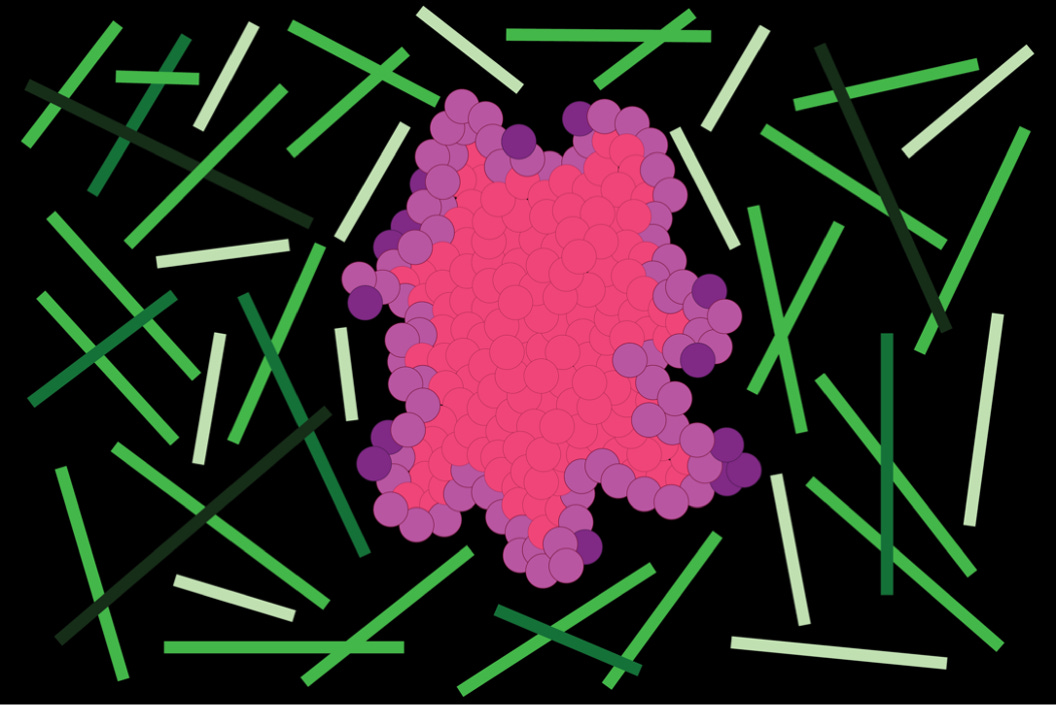This week in MathOnco 313
Antifragility, virtual patients, hypoxia, reaction-diffusion, and more...
“This week in Mathematical Oncology” — Nov 14, 2024
> mathematical-oncology.org
From the editor:
Hello everyone, we are glad to be back after a bit of break during the IMO Workshop!
You may have noticed the exciting new Math Oncology Interview Series by Thomas Hillen! You can read a bit of the background in his new blog post, here.
Thanks,
Jeffrey West
jeffrey.west@moffitt.org
Emergence of cyclic hypoxia and the impact of PARP inhibitors on tumor progression
Martina Conte, Vanesa Cabeza Fernández, F. Javier Oliver, Tomás Alarcón & Juan SolerModelling collective invasion with reaction–diffusion equations: When does domain curvature matter?
J.J. Pollacco, R.E. Baker, P.K. MainiSystems immunology insights into brain metastasis
Wenjuan Dong, Jianting Sheng, Johnny Z.M. Cui, Hong Zhao, Stephen T.C. WongVirtual patient analysis identifies strategies to improve the performance of predictive biomarkers for PD-1 blockade
Theinmozhi Arulraj, Hanwen Wang, Atul Deshpande,…, and Aleksander S. PopelMathematical Modeling Unveils Optimization Strategies for Targeted Radionuclide Therapy of Blood Cancers
Maxim Kuznetsov, Vikram Adhikarla, Enrico Caserta, Xiuli Wang, John E Shively, Flavia Pichiorri, Russell C RockneA phenotype-structured mathematical model for the influence of hypoxia on oncolytic virotherapy
David Morselli, Giulia Chiari, Federico Frascoli, Marcello E. Delitala
A concept of antifragility for dynamical systems
Eduardo D. SontagGaming the cancer-immunity cycle by synchronizing the dose schedules
Paul K. Newton, Saeedeh MahmoodifarEvaluating Sequence and Structural Similarity Metrics for Predicting Shared Paralog Functions
Olivier Dennler, Colm J. RyanPrecision Adaptive Hormone Control for Personalized Metastatic Prostate Cancer Treatment
Trung V. Phan, Shengkai Li, Benjamin Howe, Sarah R. Amend, Kenneth J. Pienta, Joel S. Brown, Robert A. Gatenby, Constantine Frangakis, Robert H. Austin, Ioannis G. Keverkidis
Uncertainty Quantification for Mathematical Biology (ICERM Workshop)
Organizers:Daniela Calvetti (Case Western Reserve University)
Nicholas Cogan (Florida State University)
Linh Huynh (Dartmouth College)
Akil Narayan (University of Utah)
Jody Reimer (University of Utah)
Tracy Stepien
Math Oncology Interviews by Thomas Hillen (YouTube)
The newsletter now has a dedicated homepage where we post the cover artwork for each issue. We encourage submissions that coincide with the release of a recent paper from your group. This week’s artwork:
Based on the paper: PhysiMeSS - a new physiCell addon for extracellular matrix modelling in GigaByte Journal
Artist: Cicely K Macnamara (@CicelyKrystyna), Robyn Shuttleworth (@robynshutt), Vincent Noël (@vincentnoel72), Marco Ruscone (@MRuscone)
Caption: The extracellular matrix (ECM) is a complex assembly of macromolecules, such as collagen fibres, which provide structural support for surrounding cells. In the context of cancer, the interactions between cells and the ECM play a key role in tumour growth and development. Agent-based frameworks, such as PhysiCell, are highly useful to represent the spatial dynamics of tumour evolution. In order to accurately represent the ECM as a network of fibres, we present PhysiMeSS, an addon of PhysiCell, which introduces a new type of agent to describe fibres, and their physical interactions. PhysiMeSS implementation is publicly available at https://github.com/PhysiMeSS/PhysiMeSS and in the official PhysiCell repository. We hope that this tool will be useful to the mathematical oncology community enabling thorough investigation of tumour-ECM interactions, helping to answer important biological questions surrounding tumour development and cancer metastasis.
Visit the mathematical oncology page to view jobs, meetings, and special issues. We will post new additions here, but the full list can found at mathematical-oncology.org.
1. Jobs
Current subscriber count: >2k












